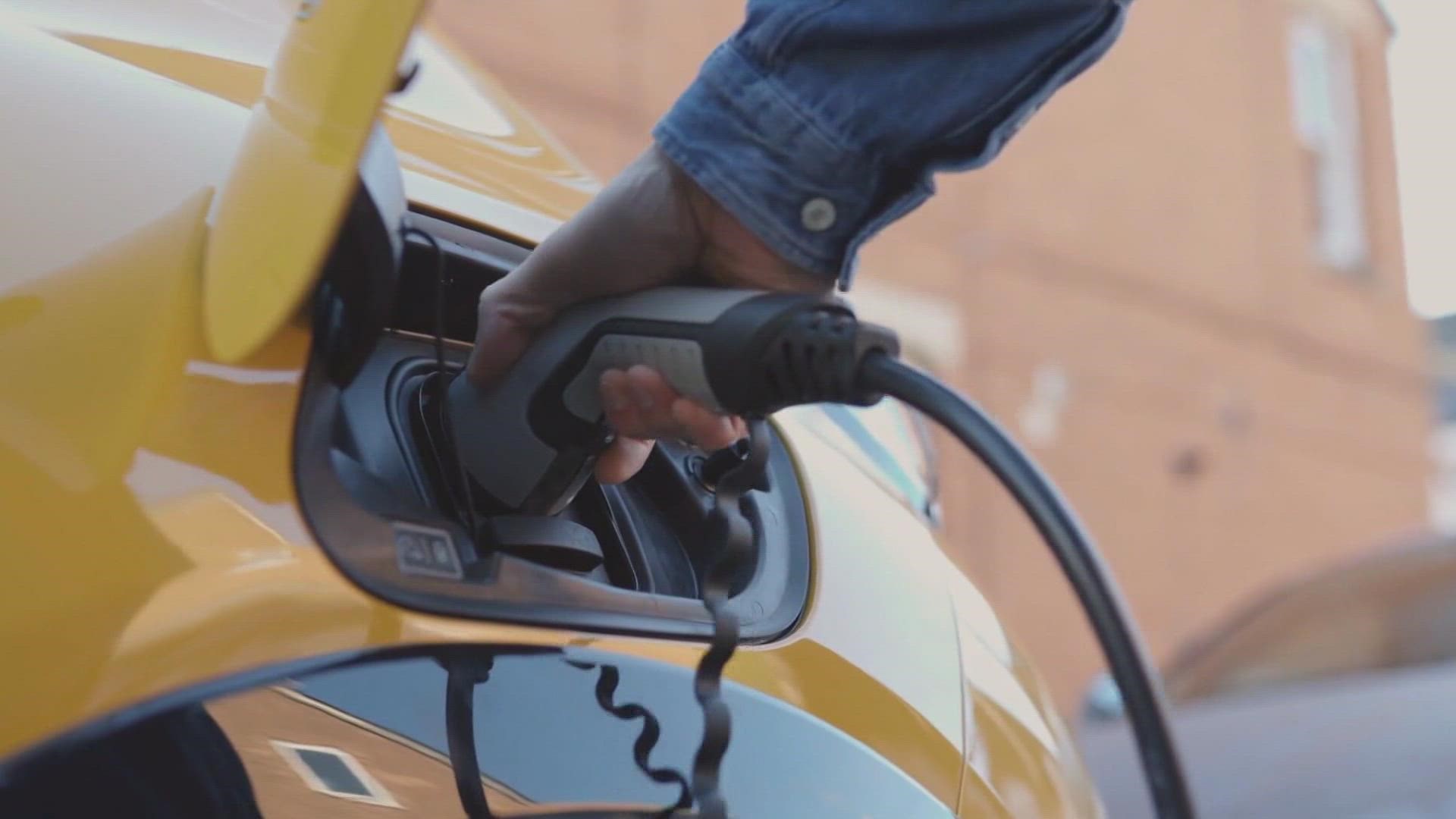DALLAS — Advertisers have been hard at work extolling the virtues of electric vehicles, educating viewers about the advancements that have been made by the industry in recent years.
They have turned out commercials for EVs that range from warm and fuzzy to adrenaline (and electricity) fueled adventure spots.
But entertaining, sexy, slick commercials may not be nearly as convincing for consumers as a delay in rule-making by the U.S. Treasury Department.
The EV incentives created by the Inflation Reduction Act in 2022 can be as much as $7,500. Key words there: "As much as."
Many vehicles will qualify for less than that or won’t qualify at all.
That’s because the credit depends, in part, on… the parts. Where components are sourced and assembled will be an increasingly vital consideration for the credits that will be offered in the years ahead.
The Treasury has pushed off specific decisions about some of those critical details until sometime in March 2023.
In the meantime, electric vehicles that might eventually have diminished eligibility for the incentives might qualify for a full $7,500 credit between now and March, when we get those additional rules from the federal government.
Is now the time to go electric?
So, as has been noted in recent reports, right now might be the time to go electric if you’ve been thinking about it. And many Americans may be thinking about it. Thanks in large part to the credit, Cox Automotive predicts that for the first time ever, the U.S. will surpass one million electric vehicles sold this year.
But there might also be some value in waiting until next year to go electric. If you make a qualified EV purchase this year, you can apply the credit when you file your taxes next year.
But those who buy an EV next year can take advantage of a new provision that’ll kick in which will allow them to transfer the credit to the dealership at the point of sale, and just get the amount knocked off the sales price right away.
Many rules already in place
Even though we are still waiting for some of the rules, that detail and a lot of other provisions are known. To be eligible, a vehicle must have a battery capacity of at least 7 kilowatt hours, have a gross vehicle weight rating of less than 14,000 pounds and be made by a qualified manufacturer.
Also, these are the income limits for a vehicle purchaser to even qualify for the EV credit:
- $300,000 for married couples filing jointly
- $225,000 for heads of households
- $150,000 for all other filers.
The $7,500 credit is non-refundable. If your total federal tax bill is $4,000, you can’t apply the $7,500 credit and get the $3,500 that’s left over refunded to you. You also can't carry it over to another year, so in this scenario, you just wouldn’t get that portion of the credit.
Also, regardless of the sales price, the credit is based on the vehicle’s Manufacturer’s Suggested Retail Price (MSRP). To be eligible, the MSRP of vans, sport utility vehicles and pickup trucks must not be above $80,000. For other vehicles (like sedans and coupes), the MSRP must be $55,000 or below.
The list
The IRS has published a list of vehicles that currently qualify, but the list is a work in progress. You can also enter a vehicle’s VIN (Vehicle Identification Number) to see if it would meet eligibility requirements.

